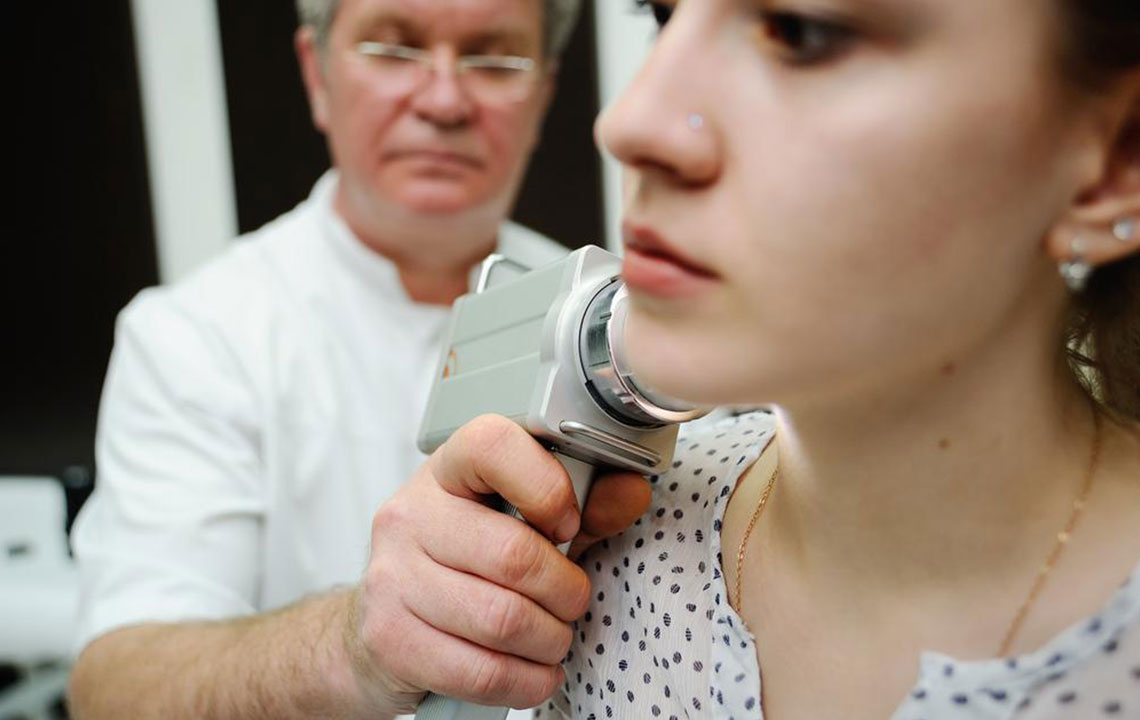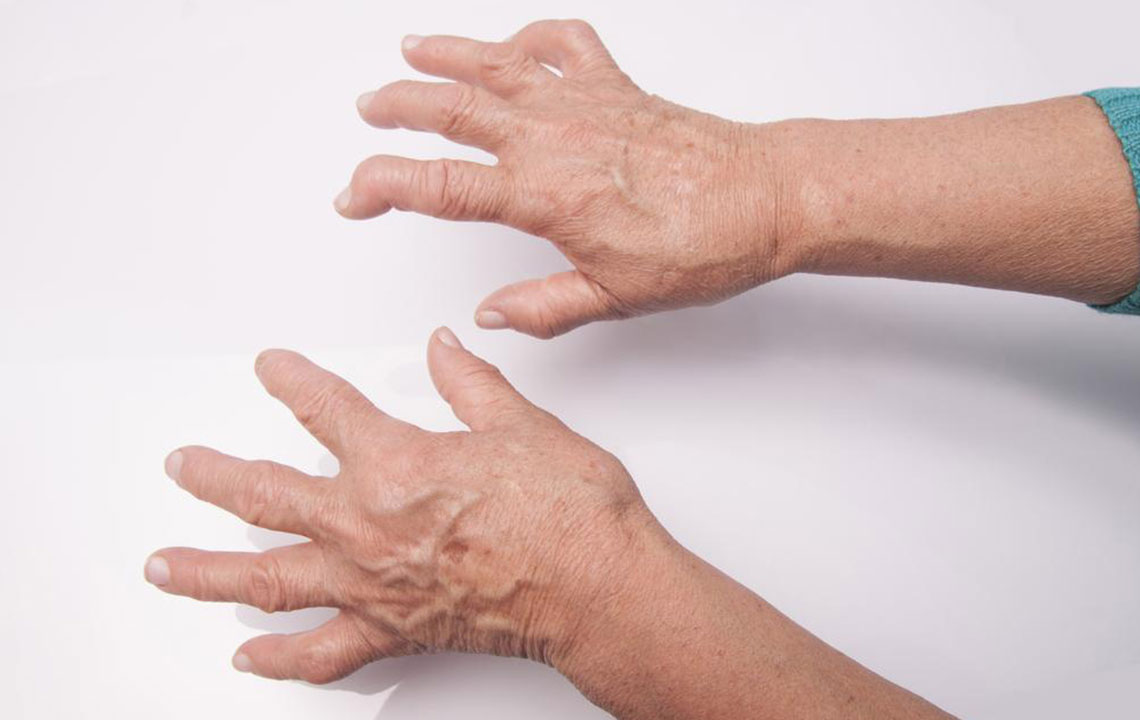Recognizing Early Signs of Lupus to Enable Prompt Diagnosis
Early detection of lupus symptoms like low-grade fever, fatigue, rashes, hair loss, and joint pain can greatly aid in diagnosis and management. Recognizing these signs early helps prevent serious organ damage and allows timely medical intervention. Awareness of symptoms such as dry eyes, kidney issues, and respiratory problems can prompt prompt medical consultation. Since lupus presents variably, consulting a healthcare provider is essential for accurate diagnosis and effective treatment. Early diagnosis significantly improves quality of life and disease outcomes.

Identifying Initial Indicators of Lupus for Timely Diagnosis
Experiencing unexplained joint swelling or inflammation? Are these symptoms coupled with fatigue or gastrointestinal discomfort? These could be early signs of lupus, an autoimmune disorder that manifests through various symptoms. Most symptoms tend to be mild initially and often go unnoticed. Fortunately, lupus is relatively straightforward to diagnose early since its symptoms are quite disruptive at first but tend to diminish over time, recurring periodically. Anyone in their late teens and beyond can develop this condition, which persists into adulthood.
To simplify early detection, keep watch for these common symptoms:
Low-grade fever
This is often one of the earliest vague signs, easily mistaken for common cold symptoms. However, lupus-related fever remains mild, usually below 38.3°C (101°F), with no apparent cause. Recurrent low-grade fever warrants medical advice.
Chronic fatigue
Persistent tiredness or exhaustion without clear reason may indicate lupus. Many patients experience excessive daytime sleep and insomnia at night. Occasional naps are normal, but ongoing fatigue should prompt consultation.
Skin rashes and lesions
If fatigue and fever coincide with rashes on cheeks and the nose bridge, it’s crucial to seek medical help. Butterfly-shaped rashes are common in lupus, often worsened by sunlight, resembling heat rashes. Rashes can also appear elsewhere, and discoloration of the fingers and toes is common.
Hair thinning and fall
While pollution and hair treatments contribute to hair loss, lupus-related hair loss begins with thinning at the front hairline, progressing to scalp inflammation. Some women may experience patchy hair loss, and body hair loss, including beard and mustache areas, is also observed. Skin inflammations in affected regions may be permanent, even with treatment.
Dry eyes and mouth
Dryness in the eyes and mouth is a typical symptom linked to Sjogren’s syndrome, often associated with lupus. Some women may also experience vaginal dryness.
Joint discomfort
Initial joint stiffness, swelling, and mild pain can signal lupus onset. Symptoms may be intermittent and worsen over time, not usually continuous. It's advisable to consult a healthcare professional for proper diagnosis and management.
Respiratory issues
If symptoms are overlooked, lupus can impact vital organs. Lung inflammation or blood vessel swelling may occur, leading to breathing difficulties or chest pain. Early detection is critical to prevent lung damage.
Kidney involvement
Nephritis, or kidney inflammation, often results from untreated lupus. This hampers waste filtration, risking serious complications. Monitoring kidney health is essential for lupus patients.
Thyroid problems
Lupus frequently causes thyroid issues, affecting metabolism. Rarely, these can involve major organs, leading to weight changes, hair thinning, skin issues, and mood swings.
Gastrointestinal symptoms
Gastrointestinal disturbances like acid reflux and heartburn are common. Dietary modifications, avoiding caffeine and alcohol, and using antacids can help manage these symptoms.
Since lupus symptoms vary widely, consulting a doctor is vital for accurate diagnosis and treatment.










